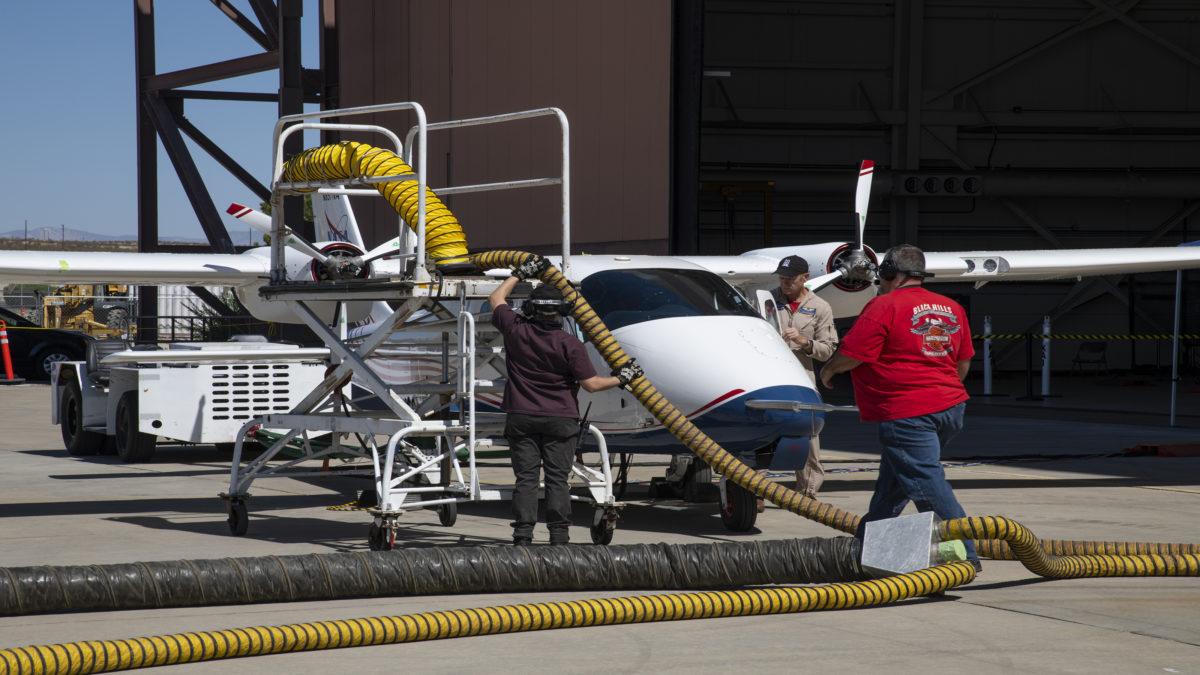Start your motors
By Cat Hofacker|January 2022
Nicholas Borer has one New Year’s resolution: get NASA’s X-57 flying
The first flight of this Tecnam P2006T aircraft that NASA is modifying to run solely on electric power could come as early as April, the exact timing depending on when engineers at NASA’s Armstrong Flight Research Center in California complete ground tests.
Next up is installing the 16 battery modules that would provide electricity to the two 60 kilowatt electric motors that, in this initial configuration, have replaced the aircraft’s original piston engines, says Borer, deputy principal investigator for the X-57 project, who oversees ground testing. Ultimately, NASA plans to install new wings on the aircraft with 12 electric motors and propellers across their leading edges, plus a cruise motor on each wing tip. The goal is to help FAA create flight worthiness standards for electric aircraft.
But first, engineers must conclude their monthslong analysis of data from dozens of high voltage tests that concluded in July, meant to verify that the motors and engine controllers that replaced the aircraft’s original twin piston engines could withstand the varying power levels needed during the different phases of flight. The batteries that would power the motors haven’t yet been installed, so an external generator provided the electricity, the equivalent of “plugging X-57 into a really big wall socket,” Borer says.
This was made trickier by the fact that testing had to be halted every few minutes so engineers could steer cooling air over the motors via massive tubes (the yellow ones in the photo), mimicking the flow of air that during flight would prevent them from overheating.
But Borer says he didn’t mind the wait.
“The whole point of what we’re doing is to learn how to work with these new electric propulsion systems and share that knowledge with the community and with industry so that they can build new airplanes that are safe and robust without having to take the time to relearn all of the little lessons it takes to get there,” he says.








